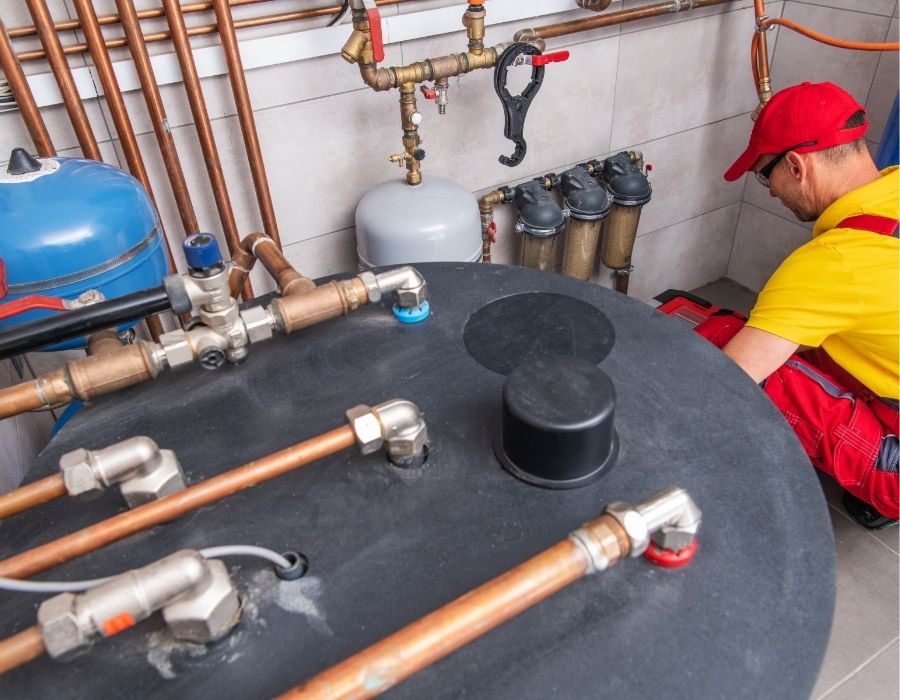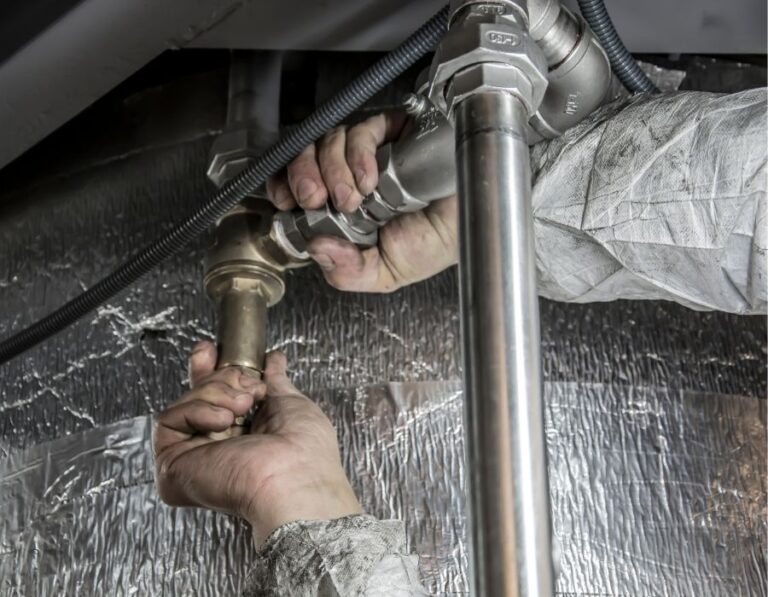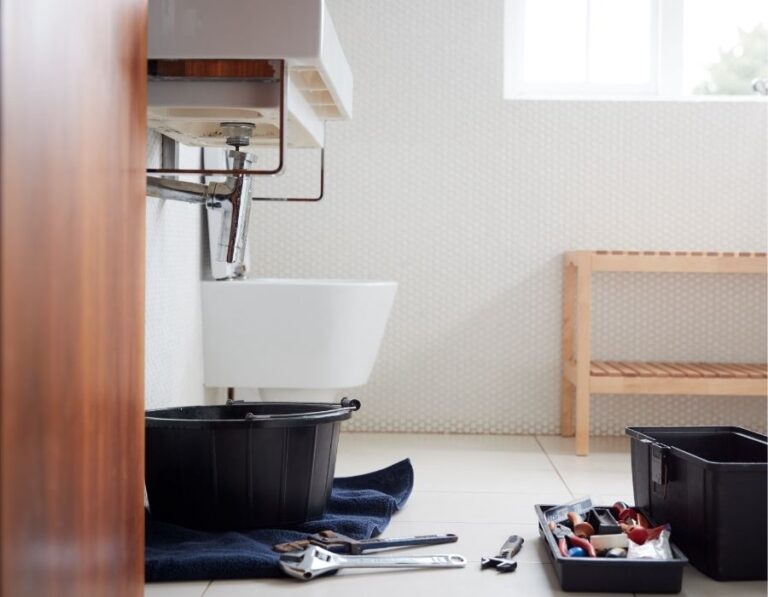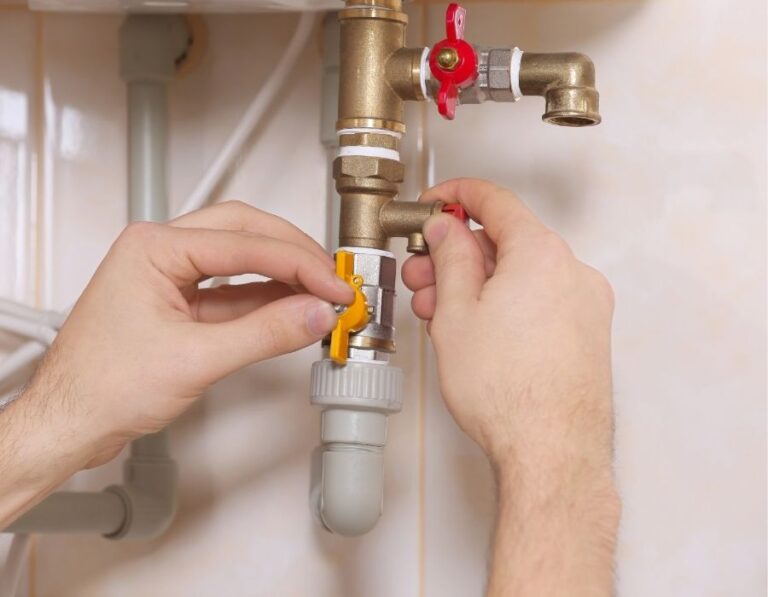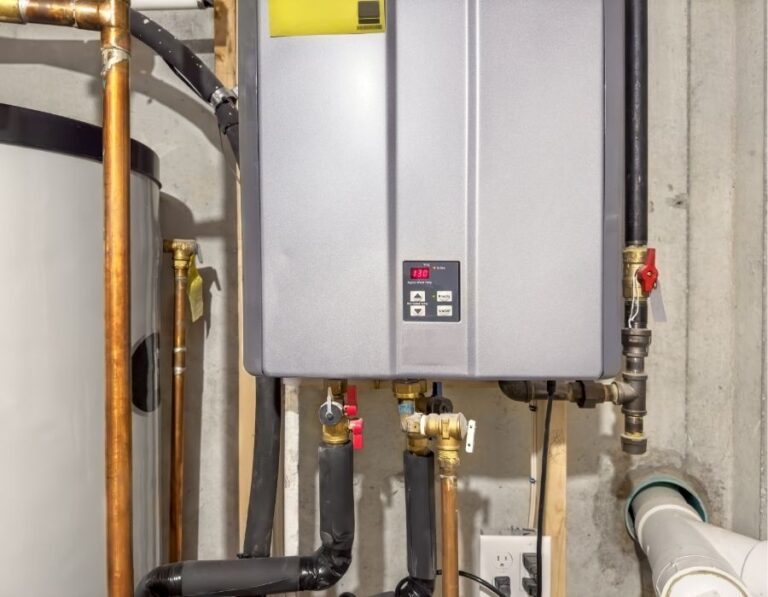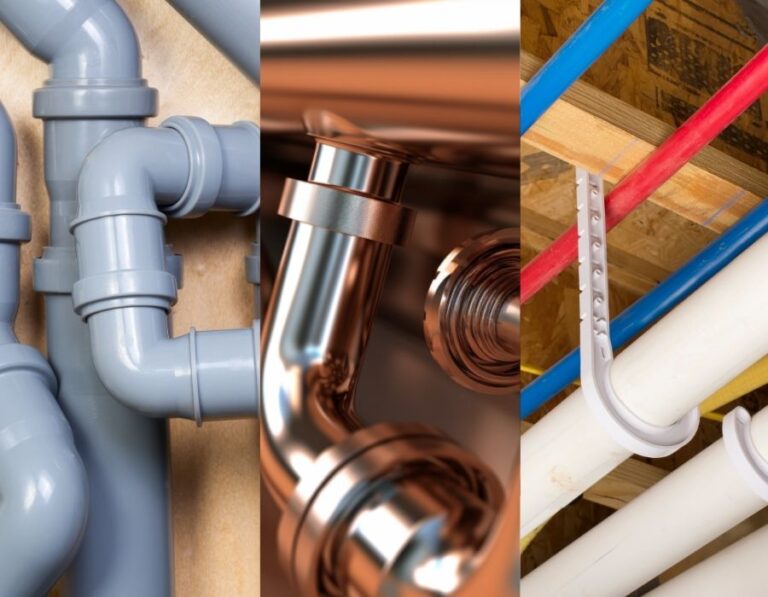Emergency Plumbing Situations: Essential Steps to Take Before the Plumber Arrives
Plumbing emergencies—such as burst pipes, overflowing toilets, or sudden leaks can occur without warning, leading to significant stress and potential damage to your property. Knowing how to respond promptly is crucial to mitigate damage and ensure safety. This guide provides essential steps to take before professional help arrives, helping you manage the situation effectively.
By following these proactive measures, you can minimize water damage, protect your belongings, and facilitate a smoother repair process once the plumber arrives. Being prepared for plumbing emergencies not only safeguards your home but also provides peace of mind during unexpected situations.
Locating and Shutting Off the Water Supply
In any plumbing emergency, the first and most critical step is to stop the flow of water to prevent further damage. Locate your home’s main water shut-off valve, which is typically found near the water meter, in the basement, crawlspace, or on an exterior wall facing the street. Turning this valve clockwise will halt the water supply to your entire home. For localized issues, such as a leaking faucet or overflowing toilet, shut off the valve closest to the fixture to isolate the problem without disrupting the entire household’s water supply.
Familiarizing yourself with the location and operation of these valves before an emergency occurs can save valuable time and minimize water damage. Regular maintenance checks to ensure valves are accessible and functional are also advisable. In situations where the shut-off valve is difficult to operate or inaccessible, contact a professional plumber to assess and rectify the issue promptly.
Turning Off the Water Heater Safely
If the plumbing emergency involves hot water lines or the water heater itself, it’s essential to turn off the water heater to prevent damage or overheating. For electric heaters, switch off the power at the circuit breaker; for gas heaters, turn off the gas supply using the dedicated shut-off valve. This step safeguards the unit and prevents potential hazards such as scalding or explosions.
After shutting off the power or gas, close the water supply valve to the heater to prevent additional water from entering the tank. If there’s a leak, attaching a hose to the drain valve and directing it to a safe drainage area can help empty the tank and reduce pressure. Always exercise caution and consult a professional if you’re unsure about the process.
Draining Remaining Water from the System
After shutting off the water supply, it’s important to drain any remaining water in the pipes to reduce pressure and minimize the risk of additional leaks or bursts. Start by opening all faucets, beginning with the highest point in your home and working your way down to the lowest. This allows air to enter the system and facilitates the drainage process.
Flush all toilets to empty the tanks and bowls, and don’t forget to check appliances like washing machines and dishwashers, which may also hold water. In colder climates, draining the system can prevent pipes from freezing and bursting. Regularly performing this task, especially before extended periods of absence, can help maintain the integrity of your plumbing system.
Containing and Removing Standing Water
Standing water can cause significant damage to floors, walls, and furniture, and can lead to mold growth if not addressed promptly. Use towels, buckets, or a wet/dry vacuum to soak up and remove as much water as possible. Ensure that the area is well-ventilated to aid in the drying process.
After removing the water, clean and disinfect the affected areas to prevent mold and mildew. Utilize fans and dehumidifiers to expedite drying, and consider removing baseboards or drilling small holes in walls to allow moisture to escape. If the damage is extensive, it’s advisable to consult a professional restoration service to ensure thorough remediation.
Applying Temporary Fixes to Minor Leaks
For small leaks, applying temporary fixes can help mitigate damage until professional repairs can be made. Pipe repair clamps, waterproof tape, or epoxy putty can be used to seal leaks in various types of pipes, including copper, PVC, and steel. Ensure the area is clean and dry before applying any temporary fix to enhance its effectiveness.
While these solutions are not permanent, they can provide valuable time to arrange for professional repairs. Keep a basic plumbing repair kit on hand, and familiarize yourself with its contents and usage. Regularly inspecting your plumbing system for signs of wear or damage can also help prevent emergencies.
Documenting Damage for Insurance and Repairs
In the aftermath of a plumbing emergency, documenting the damage is crucial for insurance claims and repair assessments. Take clear, detailed photos and videos of all affected areas, including visible leaks, water damage, and any temporary fixes you’ve applied. This documentation provides a record of the incident and can expedite the claims process.
Maintain a log of events, noting the time and date of the incident, steps taken to mitigate damage, and any communications with professionals or insurance representatives. Keep receipts for any expenses incurred, such as repair materials or professional services. This comprehensive documentation can support your claim and ensure a smoother recovery process.
Proactive Measures to Manage Plumbing Emergencies Effectively
Plumbing emergencies can be daunting, but taking swift and informed actions can significantly reduce damage and ensure safety. By following these critical steps, you can manage the situation effectively until professional help arrives. Remember, preparedness is key, know your home’s plumbing layout, keep essential tools on hand, and have contact information for emergency plumbing services readily available.
Regular maintenance and inspections can help prevent many common plumbing issues. Familiarize yourself with the location of shut-off valves, monitor water pressure, and address minor leaks promptly. By staying vigilant and proactive, you can minimize the risk of emergencies and protect your home from potential water damage.

